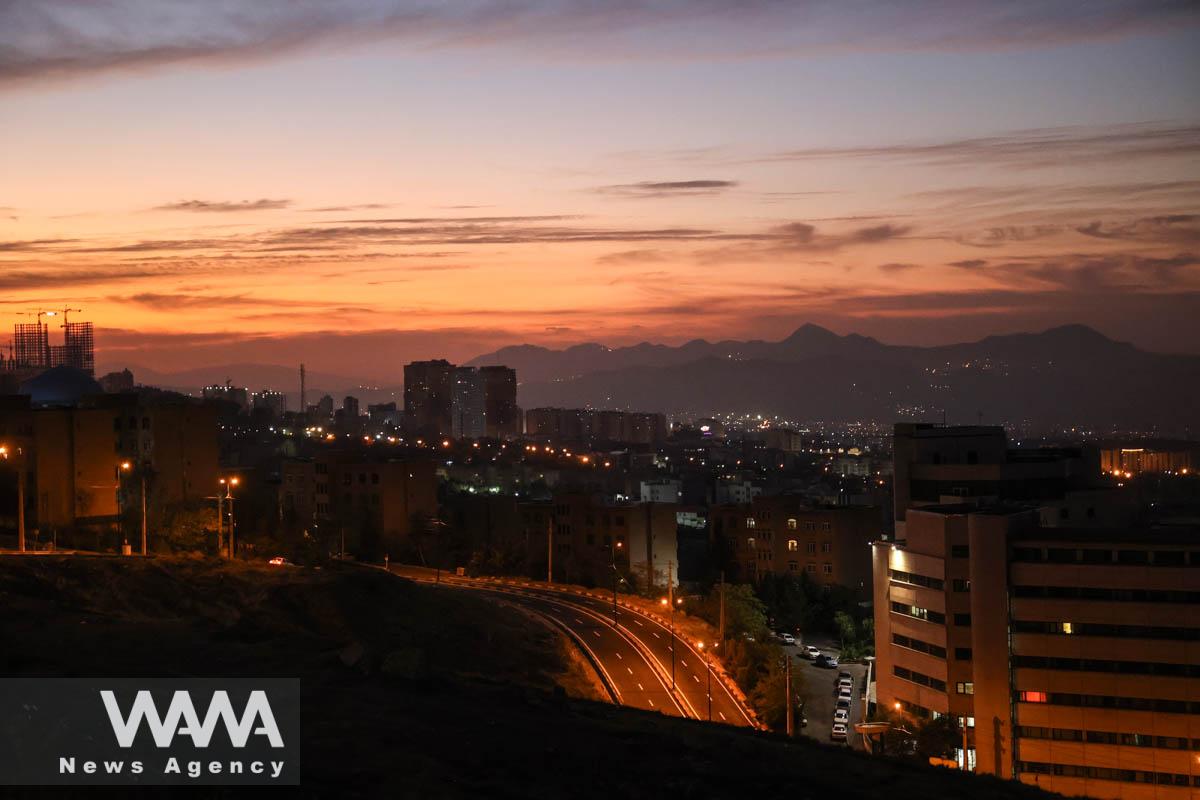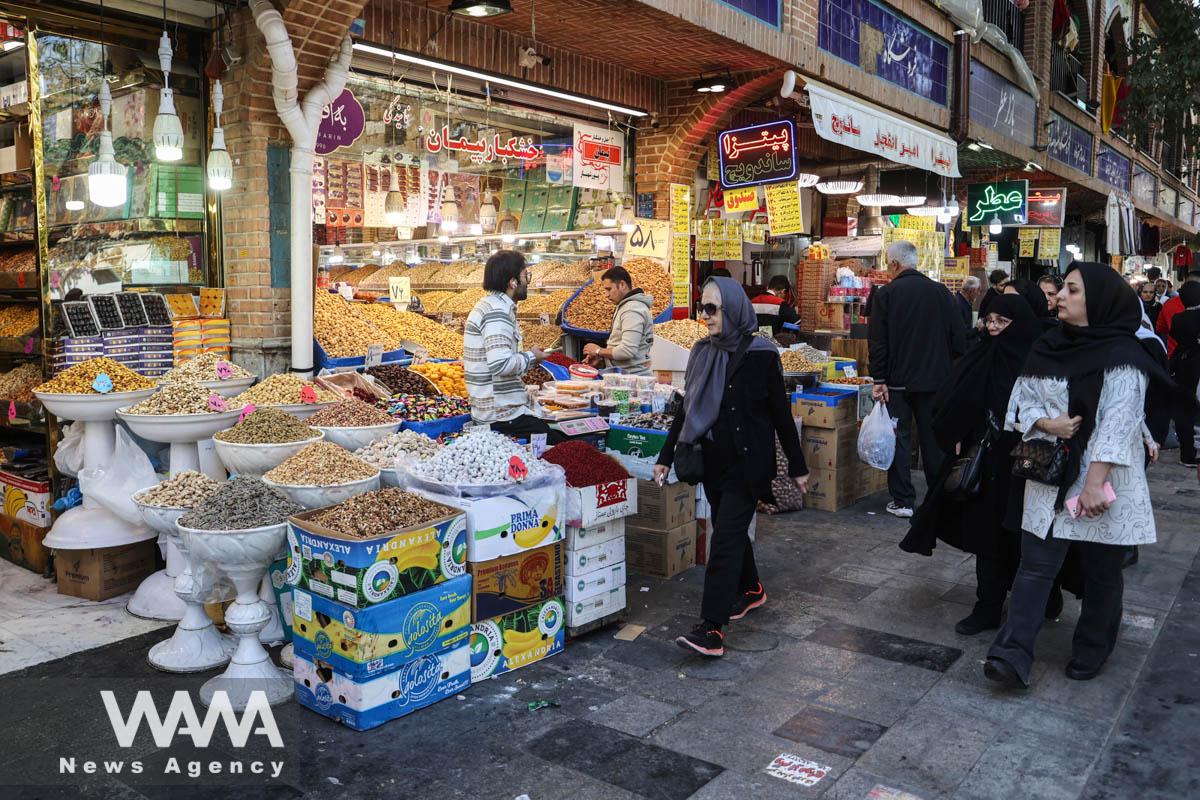Tehran Under Siege by Israeli Missiles
WANA (Oct 31) – A few days have passed since the Israeli airstrike on Iran, and during this time, a wave of analyses and commentary has emerged regarding this event. Among these claims, the statements of Iranian and Israeli officials are significant and noteworthy.
Israeli officials claim that their missiles accurately hit Iranian military bases and that the defense systems at these bases have been severely damaged and rendered irreparable. They announced that the operation was carried out using 140 fighter jets and targeted 20 sites. In their view, such an attack has left Iran paralyzed and ineffective, allowing them to easily penetrate Iranian airspace for future operations.
On the other side, Iranian officials believe that investigations show only minor and negligible damage was inflicted on these bases and defense systems. According to them, most of the missiles launched by Israel were intercepted in a timely manner by Iran’s defense systems, and the damages were quickly addressed.

A general view of Tehran after several explosions were heard, in Tehran, Iran, October 26, 2024. Majid Asgaripour/WANA (West Asia News Agency)
Benjamin Netanyahu, the Prime Minister of Israel, states: “We have harmed Iran’s defensive capabilities and its ability to produce missiles. This attack was precise and hit all its targets.”
Meanwhile, Ali Akbar Ahmadian, Secretary of Iran’s Supreme National Security Council, firmly declares that Israel’s recent operations have had little impact on Iran’s military capabilities. He emphasizes: “The power and strength of the Islamic Republic of Iran remain intact.”
On the other hand, Amir Nasirzadeh, Iran’s Minister of Defense and Armed Forces Logistics, states that these attacks have caused only minor damages to Iranian facilities, which have been quickly addressed using indigenous scientific capabilities.
However, despite all these claims, there is still no evidence from official sources proving the severity of these attacks. Therefore, considering the experiences and observations of the Iranian people, along with the humorous takes on this matter during the attack, one can conclude that the damage inflicted was not as destructive as the Israelis claim and that their intended targets may not have been entirely eliminated. The only existing evidence comes from the experiences of the Iranian people and videos recorded by them, which contradict Israeli statements.

Iranians walk in Tehran Bazaar after the Israeli attack on Iran’s military targets in Tehran, Iran, October 26, 2024. Majid Asgaripour/WANA (West Asia News Agency)
In the latest news, Yaghoub Rezazadeh, a member of the Iranian Parliament and a member of the Board of the National Security and Foreign Policy Commission, has reported from credible sources that of the approximately 30 missiles launched from U.S. bases, around 10 to 12 missiles hit Iran’s defense bases and radar systems, resulting in minor casualties with only four fatalities. He also stated that the Israeli regime has been unable to enter Iranian airspace because the defense systems have performed well.
He emphasized: “As the Supreme Leader stated, our response will not be hasty, but we will not leave this action unanswered.” This means that Iran will respond to these attacks in a timely and appropriate manner, considering precision and deliberation.

Iran’s Potential Response to Israeli Attacks
WANA (Oct 23) – Iran has considered various scenarios in case of an Israeli attack. Officials in Tehran have repeatedly warned of a “swift and harsh” response. Some have outlined Iran’s potential reactions as follows: 1. Striking designated targets in Israel, especially critical infrastructure, with full force. 2. If the U.S. intervenes […]
The statements from Iran’s Minister of Defense also confirm the representative’s remarks: “The enemy tried to damage our offensive and defensive systems, but they had little success.”
In response to claims about enemy aircraft entering Iranian airspace, he asserts: “No.” He also states that Israel’s claims about destroying the country’s defense capabilities are baseless, and there has been no disruption in the production of offensive systems like missiles, which are entirely indigenous technologies.
However, another question arises: why did Iran quickly announce its casualties following this attack? The answer may lie in two points: 1. Demonstrating transparency compared to Israel’s censored approach, and 2. Creating the groundwork for a justifiable military response, known as “True Promise 3.”
This situation effectively portrays a vivid image of the existing tensions in the region and the covert and overt struggles between the two countries. Tehran and Tel Aviv are each trying to maintain their superiority and showcase their power, but the truth underlying these claims requires deeper analysis and investigation.
Iran’s Rapid Casualty Report: Transparency or Prelude to Retaliation?.
Is #Iran‘s swift announcement of its casualties after today’s Israeli attack intended to:
1. Show transparency, unlike Israel’s heavily censored approach.
2. Set the stage for a justified military response,… pic.twitter.com/A6aaWod7GO— WANA News Agency (@WANAIran) October 26, 2024












